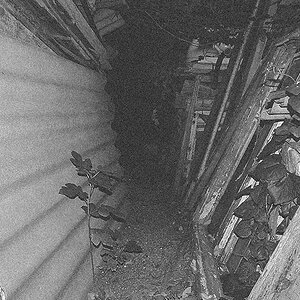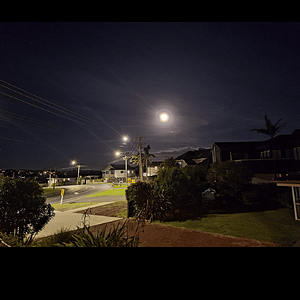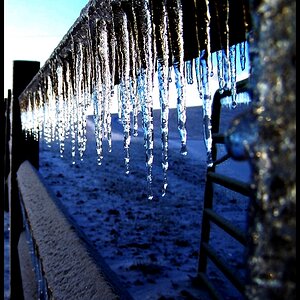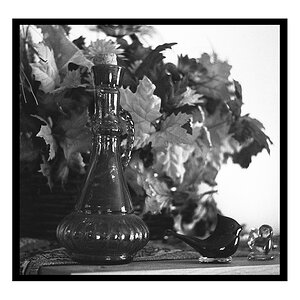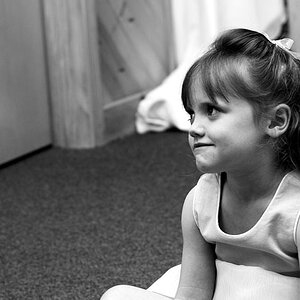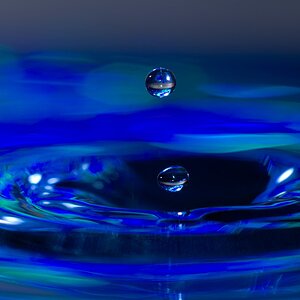christopher walrath
No longer a newbie, moving up!
- Joined
- Mar 19, 2008
- Messages
- 1,265
- Reaction score
- 25
- Location
- In a darkroom far, far away...
- Website
- home.comcast.net
- Can others edit my Photos
- Photos NOT OK to edit
I've seen different terminology on this site. I was always learned that a lens's aperture diameter was found by dividing the lens' focal length by its aperture diameter. Now I am seeing divide the focal length by the entrance pupil, not the aperture diameter. Now are there two different parts to a lens by these names or are we tomato/toamto - ing this one?





![[No title]](/data/xfmg/thumbnail/40/40286-86401b94de8b01bea8bb4ea154aaea0a.jpg?1619739408)
